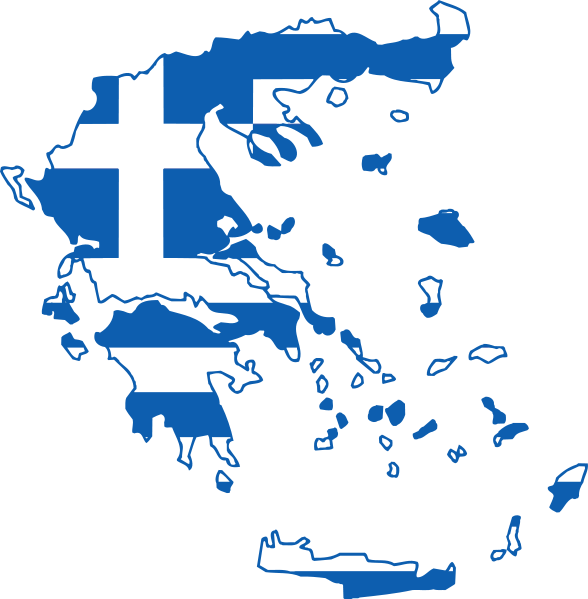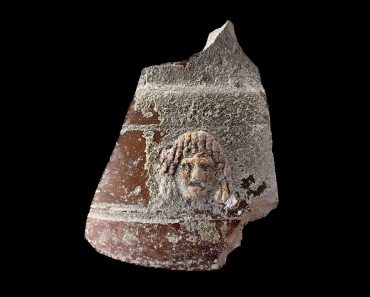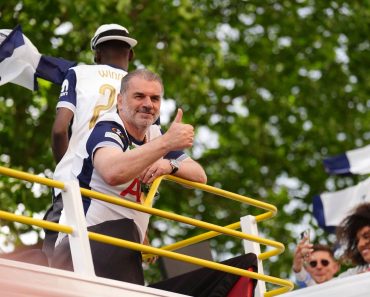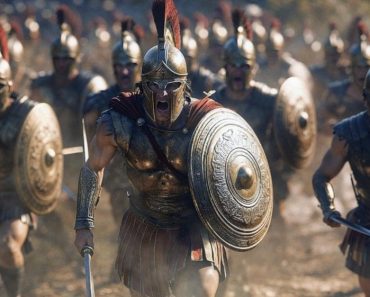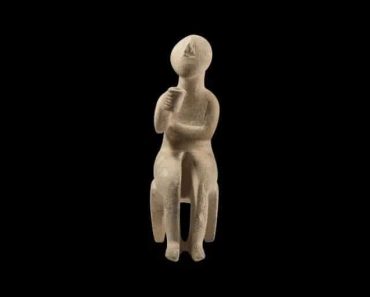
Massive stone statues unearthed in western Sardinia continue to puzzle archaeologists, decades after their first discovery. Known as the Giants of Mont’e Prama, the figures were carved by the Nuragic people, who inhabited the island from roughly 1800 to 200 BCE. Now, a new study suggests Sardinia’s ancient giant statues may have been inspired by individuals with acromegaly, a condition that causes abnormal bone growth.
The statues stand between two and two and a half meters tall and depict figures with weapons and armor—archers, warriors, and boxers. They were first discovered in 1974 during the excavation of a burial site near the town of Cabras. Since then, additional fragments and complete statues have been uncovered in the same area, with some finds made as recently as a few years ago.
The nearby necropolis contains a series of circular tombs, each sealed with stone slabs. Inside, researchers found the remains of young men believed to belong to the island’s elite.
Many may have been warriors, athletes, or local leaders from the same lineage. Because the statues were buried close to these tombs and dated to the same period, some experts believe they were placed as symbolic guardians of the dead. Others disagree.
Guardians or monuments? Debate over the statues’ original purpose
The original purpose of the statues remains uncertain. Some researchers suggest they could have belonged to a temple or ceremonial site that has yet to be found. Others argue they may commemorate a significant event in Nuragic history, carved to memorialize cultural pride or collective memory.
Recent studies date the statues and tombs during the Iron Age, between the late 9th century and early 8th century BCE. Yet the site itself may have suffered destruction. Whether it was damaged by internal conflict among Nuragic communities or by outside forces such as the Phoenicians or Carthaginians remains unclear.
The Giants of Mont’e Prama are probably Bronze Age. They represent warriors, boxers and archers, quite typical for that time ✨
However, their vast size and strange eyes are unusual. The recovered fragments are thought to make up 45 statues 🌟#nuraghi #Sardegna #Sardinia pic.twitter.com/QKyvX4EEJZ
— MegalithHunter (@Megalith_Hunter) January 11, 2022
A new theory, published in the Journal of Endocrinological Investigation, adds a medical angle to the mystery. The study proposes that individuals with acromegaly, a rare condition that causes excessive bone and soft tissue growth, inspired the statues’ appearance
A new medical theory adds dimension to the mystery
Researchers point to the statues’ distinctive features—pronounced brows, strong jawlines, large noses, and robust limbs—as stylized versions of traits in people affected by this condition. While the figures are clearly idealized, their exaggerated proportions could reflect real individuals or act as exaggerated symbols of strength and dominance.
The idea that such traits were deliberately chosen is not without precedent. Similar features appear in Greek and Hellenistic terracotta figurines, some used in medical teaching and others crafted in grotesque or realistic styles. Researchers note that these artistic traditions often blur the line between physical reality and symbolic meaning.
Despite these insights, the true identity and purpose of the Giants of Mont’e Prama remain unresolved. Scholars emphasize the need for further interdisciplinary studies. They call for closer collaboration between archaeologists, anthropologists, and medical experts, especially in analyzing the bones found at the site.
Future research may help determine whether these ancient giants reflect actual individuals or towering symbols of Nuragic power and legacy.
